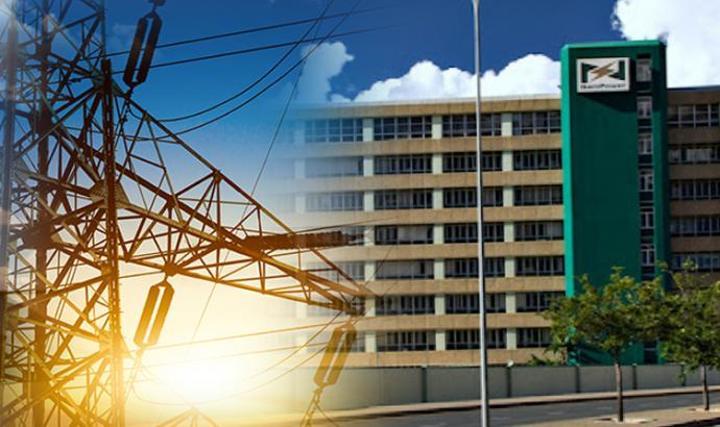Africa-Press – Namibia. The government will be giving N$283 million to the Namibia Power Corporation (NamPower) to help the institution cover some of its costs after its request for a 17.8% tariff hike was rejected.
The Electricity Control Board (ECB) yesterday approved a 3.8% tariff increase.
The approved bulk electricity tariff will be applicable to regional electricity distributors, local authorities, regional councils and large industrial transmission customers like mines.
This means end users (households) will not be seeing an electricity hike yet.
The hike increases the cost of electricity from N$1.98 per kWh to N$2.06 per kWh for the 2025/26 financial year.
“After due consideration, especially of the impact on the affordability of electricity, and in accordance with the ECB tariff review methodology, the ECB board resolved to approve a 3.8% increase for NamPower instead of the 17.44%,” ECB chief executive Robert Kahimise says.
He says the tariff increase is below inflation, therefore, it has a minimal impact on inflation and the price of goods and services.
Inflation stood at 4.2% at the end of March.
“However, it will slightly negatively impact gross domestic product growth as electricity cost is a component of the inflation calculation,” Kahimise says.
Distributors of electricity will have to individually apply to the ECB for a review of their distribution tariffs.
Last year, the ECB approved an 8% electricity increase for consumers. However, it was cancelled and the government stepped in with N$365 million to subsidise electricity consumers for the 2024/25 financial year.
Currently, the Windhoek municipality offers approximately 40 units for N$100. The cost is N$2.4772 per kilowatt (kWh).
Erongo Red customers pay the highest amount of N$2.8472/kWh, meaning they only receive 35 units from N$100.
Namibia has the highest electricity costs in southern Africa, primarily due to its heavy reliance on costly imported power.
Namibia has imported electricity to meet power demand since the 1990s. However, imports still amounted to less than 40% of the country’s needs.
One of the contributors to the high import bill is the decline in energy generation from the Ruacana Hydroelectric Power Station.
In 2022, generation from the Ruacana station dropped by 20%, its lowest level since 1997.
As of 2023, half of Namibia’s population had access to electricity through a grid connection, with another 5% to 6% supplied via off-grid, mostly solar photovoltaic-based systems.
For More News And Analysis About Namibia Follow Africa-Press






